Guitar Solos and Lead Guitarists. Part 1: The 1950's
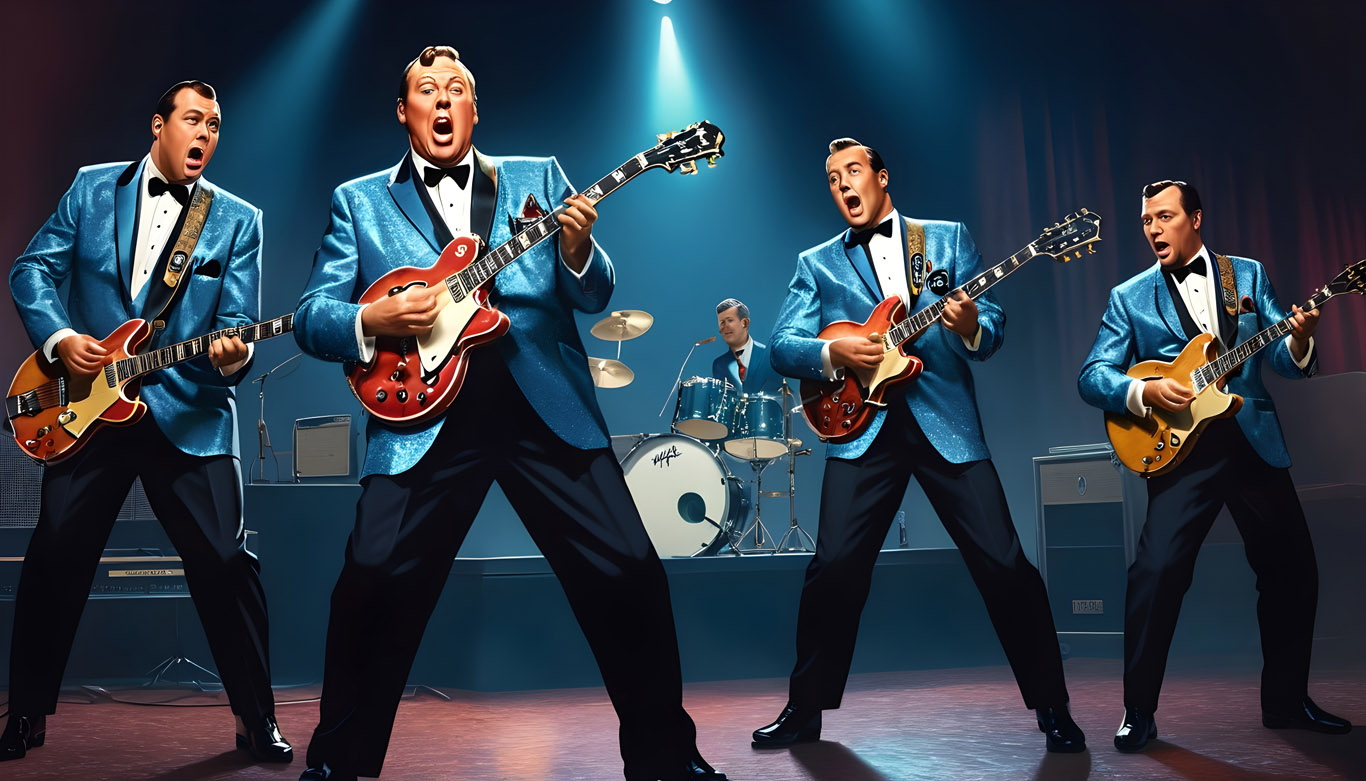
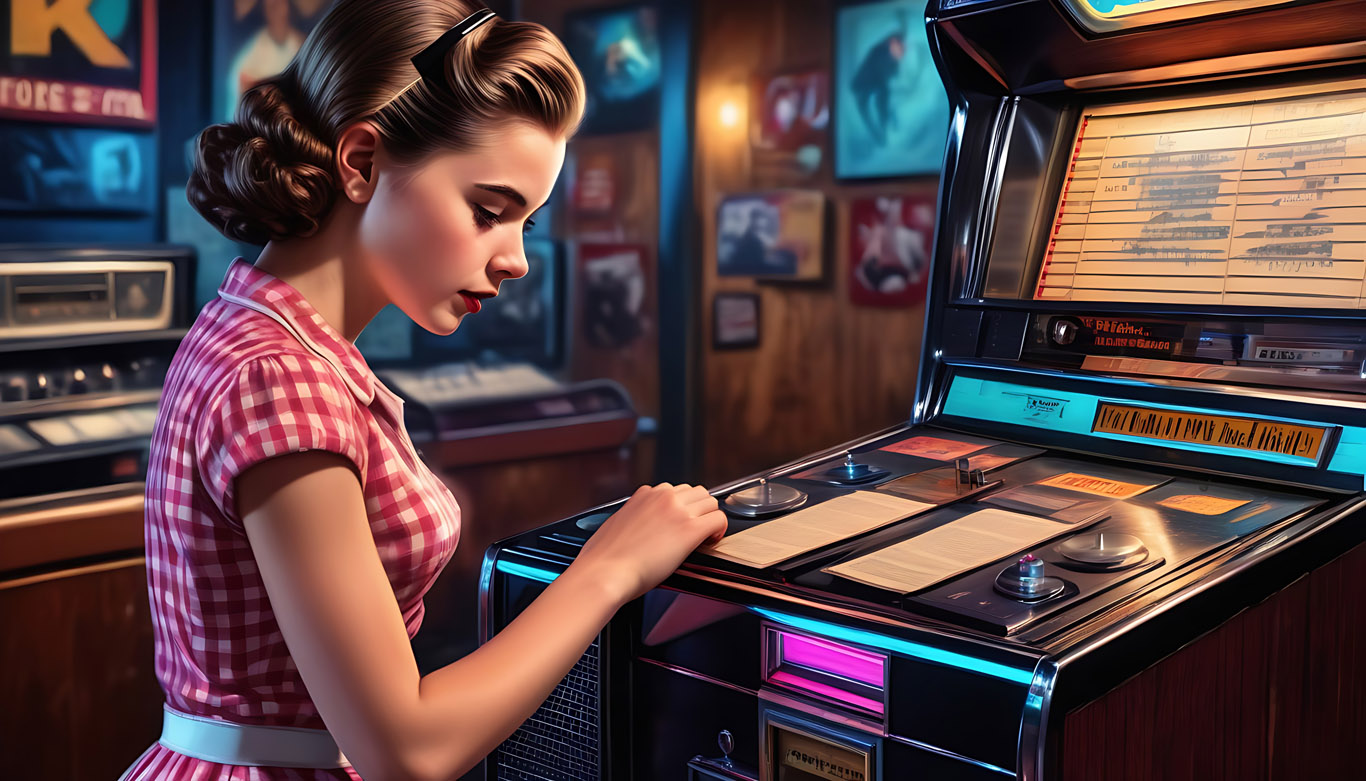
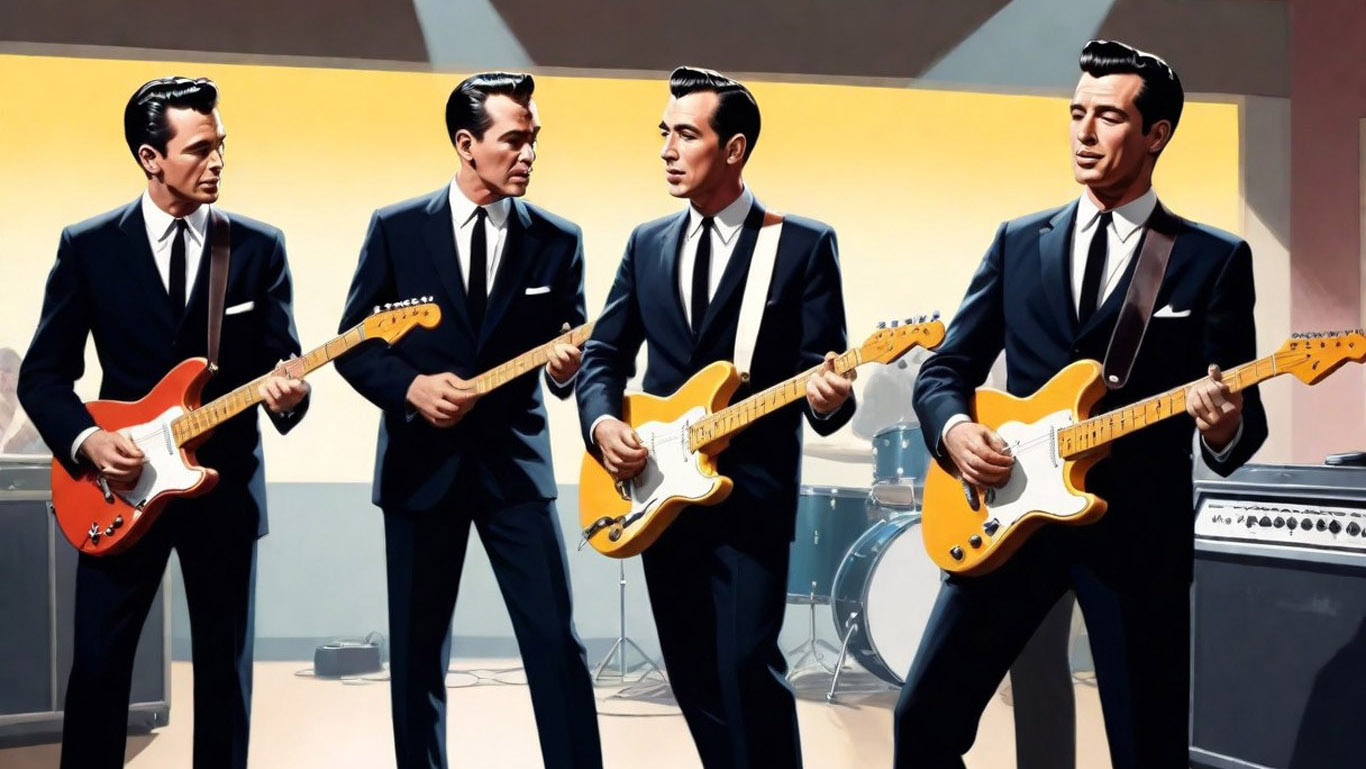
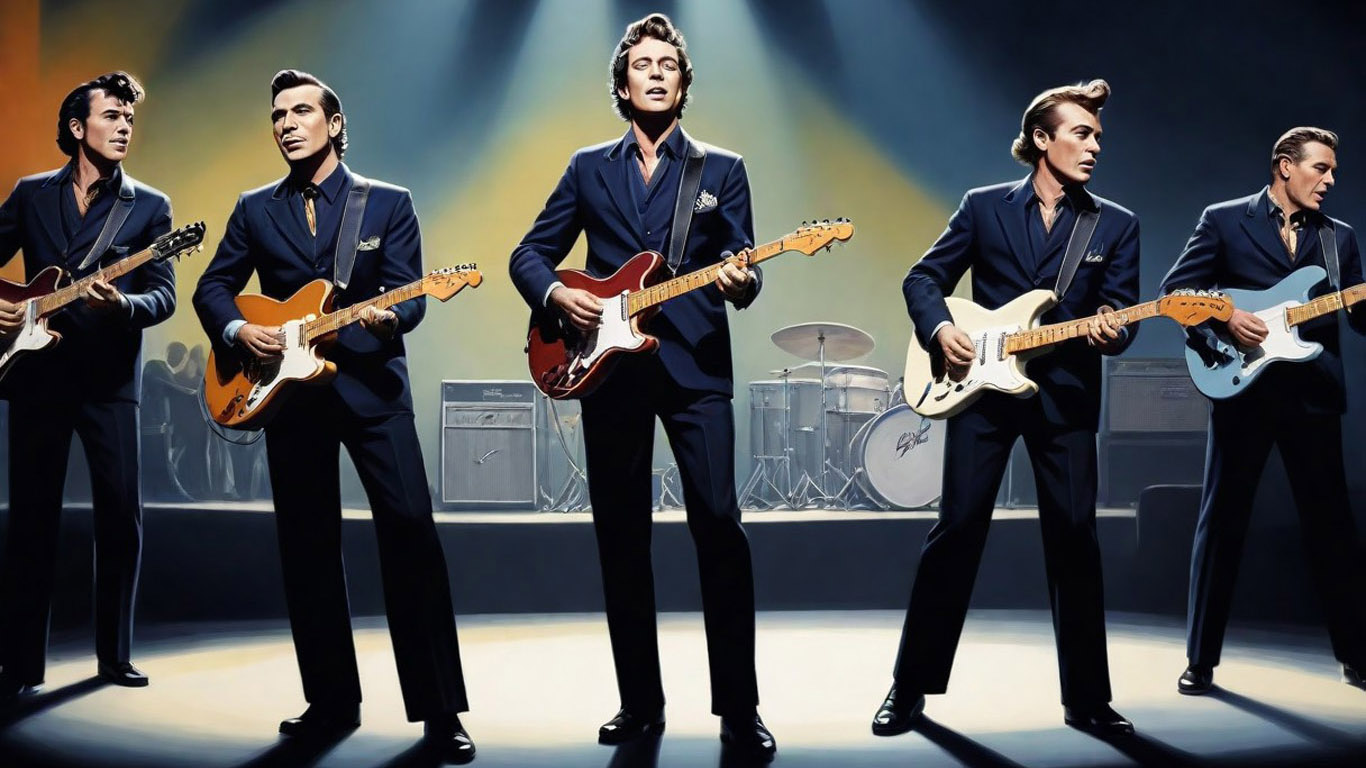

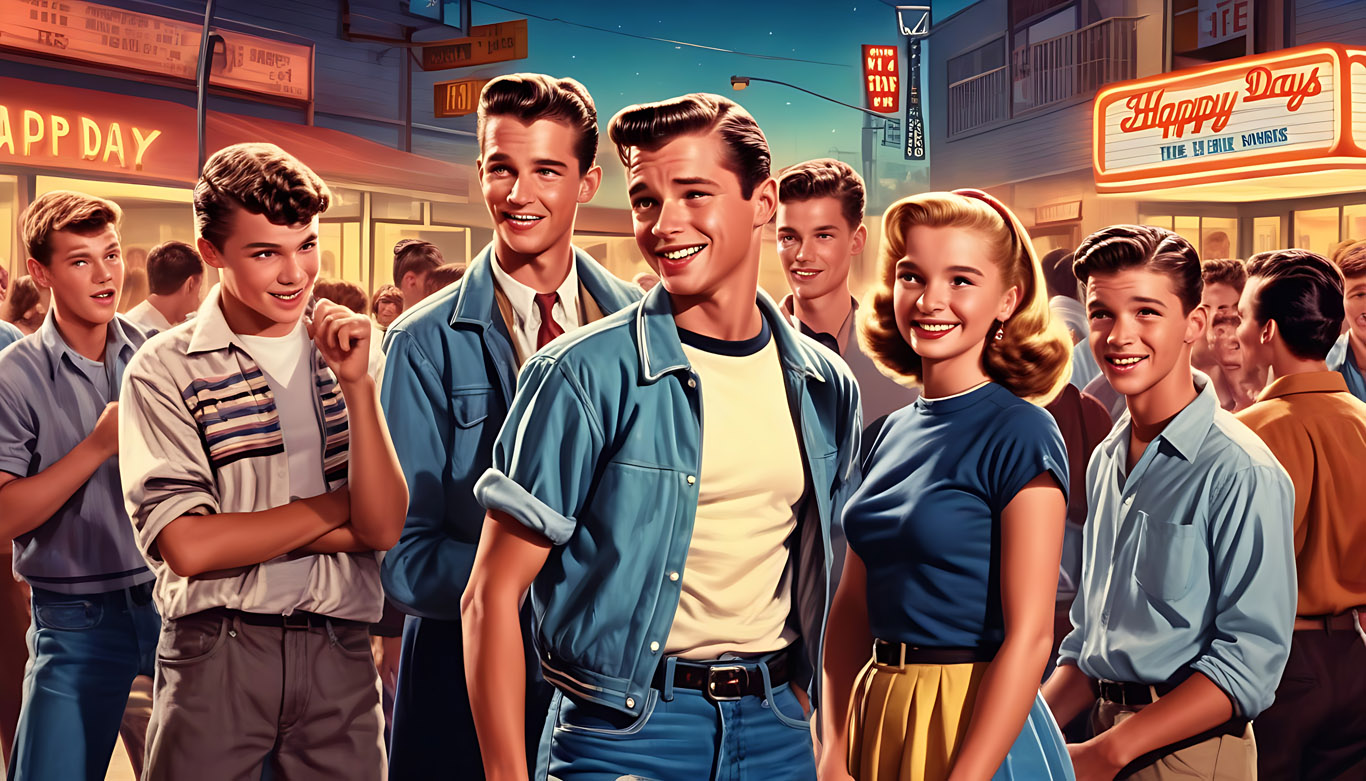
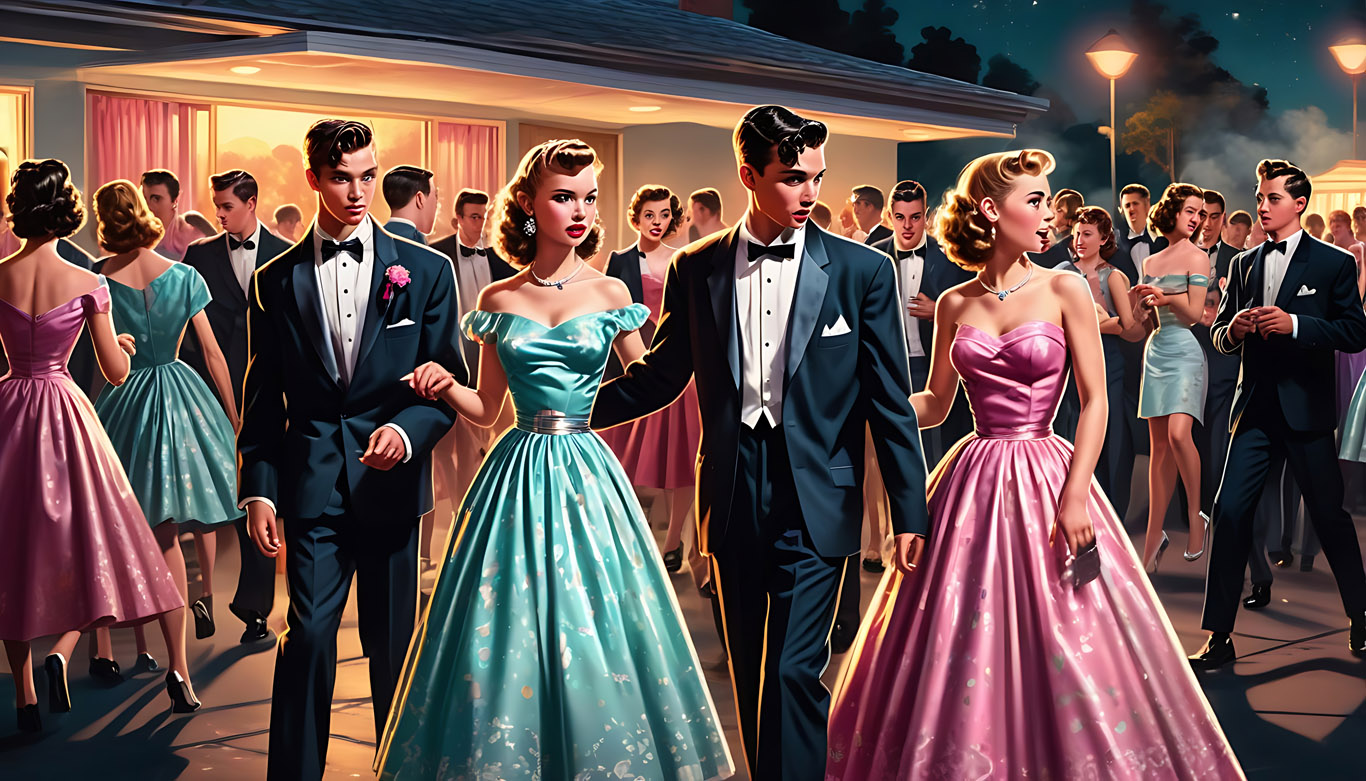
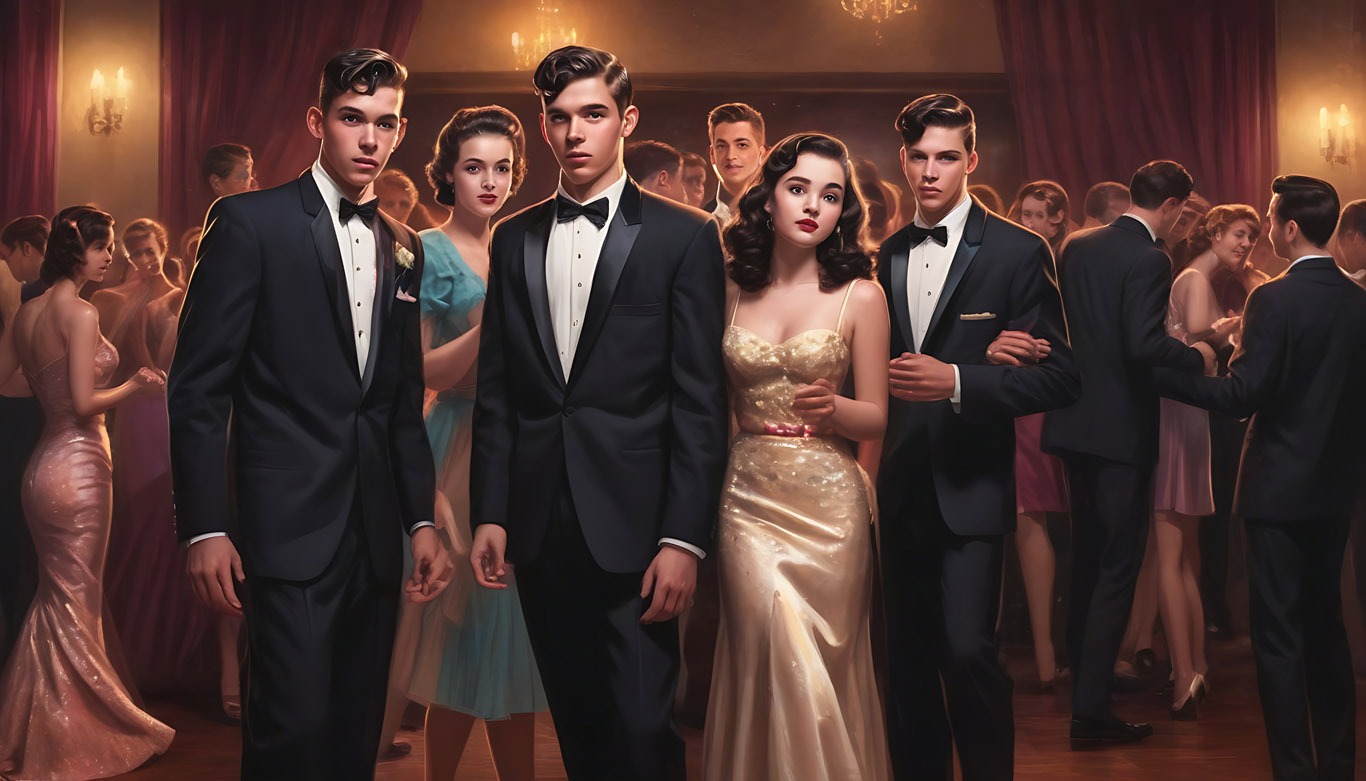
The Story of Guitar Solos and Lead Guitarists. Part 1: The 1950's
Foreword
There have always been troubadours. Guitarists, especially lead guitarists, are the modern incarnation of that great tradition.
This is the story of how guitarists became the elite musicians in the second half of the 20th century.
It is also a history, a chronological map of the evolution of the lead guitarist, which joins the dots with musical trends and progress in instrument technology.
Why did the lead guitar and guitarists take off in the 50's?
How did Lead Guitar solos and Lead Guitarists become such an essential ingredient of so many hit songs in the second half of the 20th Century?
Guitar solos are now taken for granted as a useful arrangement device to refresh the listener’s ears in repetitive songs. A solo also gives the vocalist a rest but pre 1950's guitar solos just didn't feature. Why?
OK, there were guitarists soloing pre-1950’s, Django Reinhardt for example, but that was in the Jazz sphere, the concept of the Lead Guitarist in popular music as we understand it now didn’t exist. Acoustic guitars couldn’t compete, we guitarists simply weren’t loud enough.
The decade when lead guitarists came to prominence was the 1950’s for a reason (or two). It came from the perfect storm of the birth of Rock ‘n’ Roll and instrument electrification.
Finally, guitarists could be heard over brass sections, the music demanded it, and guitarists were determined to step up and take their rightful place.
50's Rock & Roll style Guitar solos
This era was the birth of the guitar solo, a time when the guitar solo became established as an integral part of Rock & Roll and has evolved within that, and other, genres ever since.
From the musicians’ perspective there must have been a hangover from the working practices of the Big Band era. The progression from sideman to centre stage was sudden. The guitarist was now loud enough but still competing for solo time with the other soloists.
Perhaps the rise of the guitarist can be partly explained by the most well-known and earliest recognised protagonist of Rock & Roll - Bill Haley. Bill Haley & His Comets dropped ‘Rock Around the Clock’ in 1955 and changed the course of music.
Of course, Bill Haley didn't do it alone. He had help from astistes like Elvis Presley. All genres need a popular movement following on to establish themselves. ‘Rock Around the Clock’ was so successful it provided a template for others, who were quickly jumping on the Rock ‘n’ Roll bandwagon.
Early Rock ‘n’ Roll was basically a 12 bar that swung, structured in Strophic form (repeating AAA) with that backbeat we take for granted now.
Landmark Solos of the 50's
‘Rock Around the Clock’ had two solos, that legendary blistering guitar solo by, we think, Franny Beecher after two verses then later a sax solo (with a rhythm guitar in unison). That was enough to create the template musically.
Of course, the growth in popularity of the guitar generally coincided with instrument electrification. It was easy to gig with a guitar, you could transport an amplifier that would fill a small hall with sound in the back of your car.
It also created a cultural imperative. The best thing, from the guitarist's point of view about the instrument, was that you could look cool and stylish standing with one. It was the ideal stage prop for showmanship (and still is). Think Buddy Holly and, of course, the great Chuck Berry with his famous duck-walk. The guitar was not just a musical instrument anymore, now it was a performance prop.
Another example of an iconic song from the era that moved things forward is Chuck Berry’s Johnny B. Goode. This is a song by a guitarist, about a guitarist who could 'play like the ring of a bell'. It starts with an iconic guitar motif, a classic that every self-respecting guitarist should learn.
Other classic guitar instrumentals that just squeaked in to the end of the Fifties were...
- "Peter Gunn" from Duane Eddy
- "Misirlou" Dick Dale later to be used in one of director Quentin Tarrantino movies.
The 50’s Guitar Sound
The guitar solos of that era could best be described as wishy washy due to the primitive equipment, but the best soloists didn’t care, they were attitude driven.
The issue was that amplifier tone was clean so sustain and vibrato were not widely used. Strings were bent, and scales were traversed though!
The plectrum was a must-have to solo with 16th notes but otherwise you simply plugged in and played. No pedals.
Also, the must-have always-on effect, Reverb, wasn’t available then. The first guitar amplifier to feature reverb was the Fender Vibroverb. It wasn’t introduced until 1963.
I love playing this style. Being in the pocket back then meant slotting in with the Rock & Roll backbeat rhythmically. The clean tone shouldn't be seen as limiting. It does dictate a less sophisticated style but, if you can master early rock, you can excel at any guitar solo. It’s a whole different vocabulary to the modern solo.
My old record company boss was a twat but did have some words of wisdom. He once told me…
A great song is timeless and multi genre – a great song is a great song in any era, and played in any style.
Conclusion
This decade set the stage for decades to come. It was basic music, naïve almost, but the guitarist was now firmly established, and the guitar solo was about to take off BIG time.